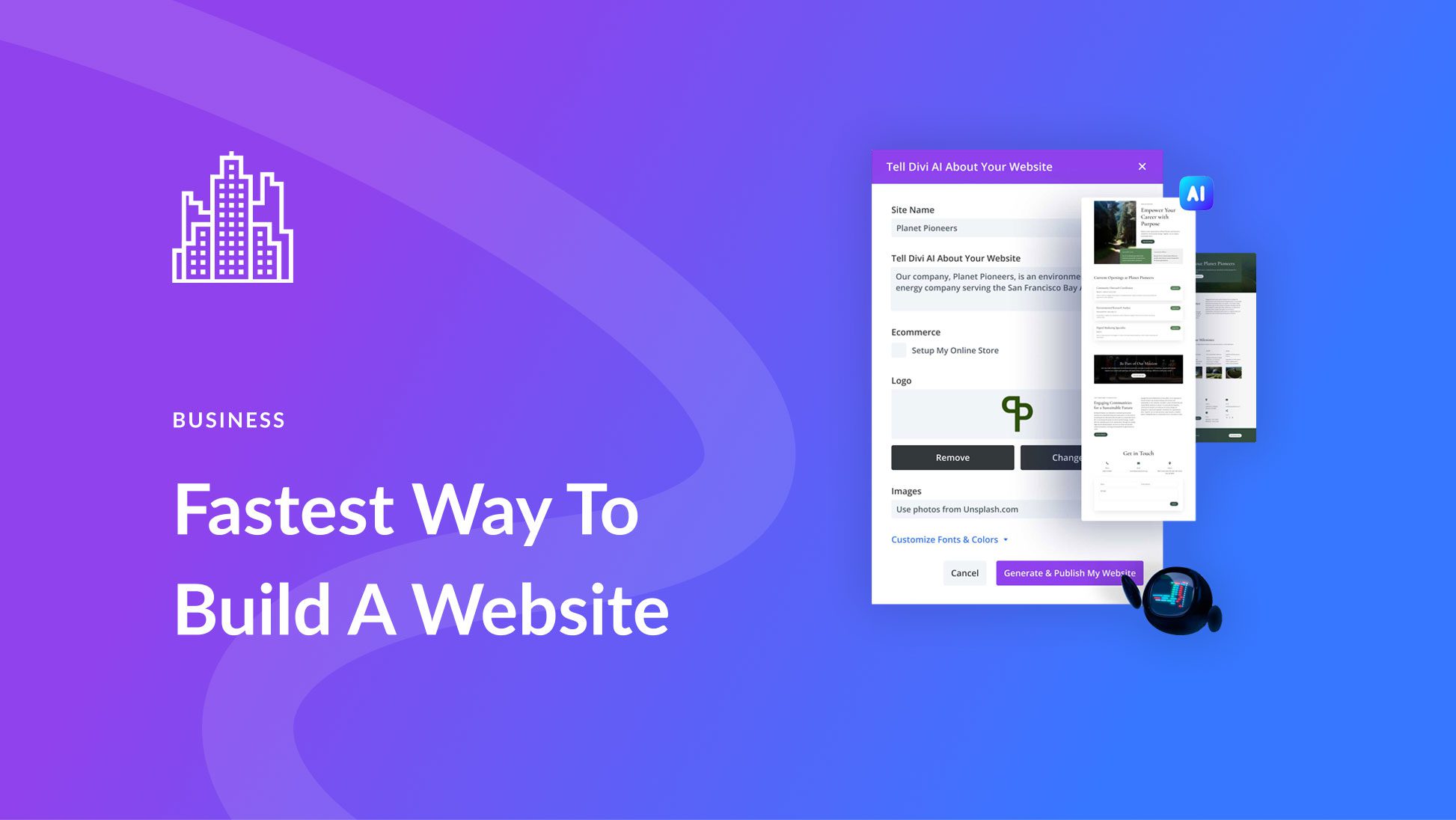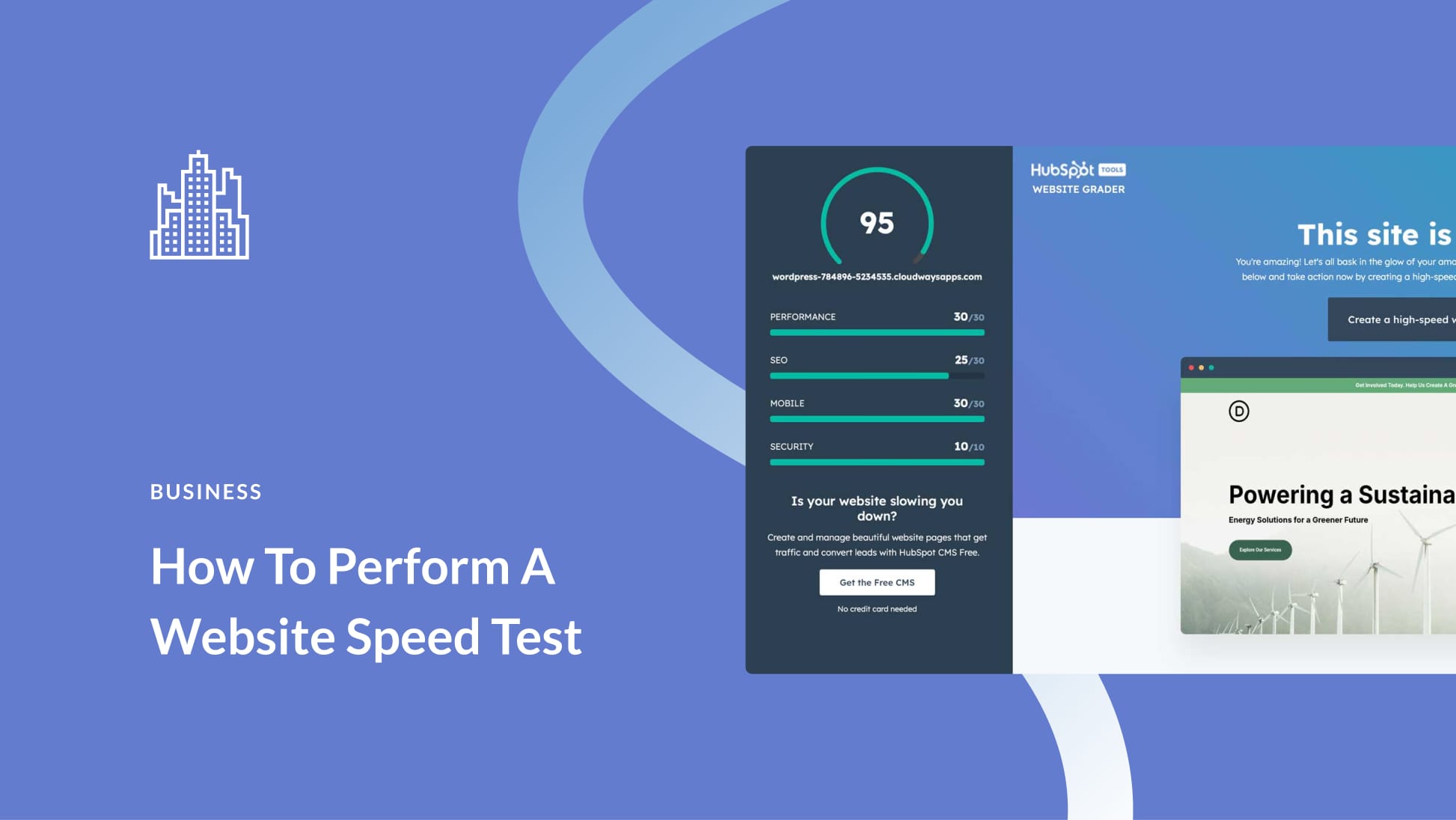No matter what your business does, the methodology you employ to make sure quality is high while processes remain efficient is vital to your success. As such, you’ll want to consider your options carefully. The ‘Lean’ methodology is a popular choice, and one that’s made the leap from the manufacturing realm to the software and tech space.
In this post, we’ll discuss what a business methodology is. Then we’ll take a deeper dive into Lean, before looking at whether you should adopt it as your methodology of choice.
Let’s get to work!
What a Business Methodology Is
If you’re not quite sure what a ‘business methodology’ is, it’s simply a way of running your company in a fashion that maximizes your available resources. That could include money, time, staff, or any number of assets or other factors.
There are plenty of popular methodologies to choose from. You could consider them as similar to diet plans, in that they all have a slightly different focus but work towards the same rough end goal. For example, here are just few different business methodologies that are currently in use:
- Agile. This is one of the most popular methodologies, and is great for projects that need iteration and incrementation.
- Scrum. There are five values that are core to Scrum, and it’s designed to promote accountability, collaboration, and iteration.
- Kanban. Toyota’s manufacturing line employed this method in the 1940s, and its visually-creative approach is perfect for teams that self-manage.
There are a plethora of business methodologies to choose from. The goal is to choose one that encompasses your overall goals and ideals, while helping you meet your objectives at the same time.
What the ‘Lean Methodology’ Looks Like
‘Lean’ is another business methodology that was derived from the ruthless and efficient Japanese manufacturing industry. It’s been around unofficially for about 50 years – as with Kanban, the nucleus was at Toyota. The ‘Lean’ nomenclature came into use around 30 years ago.
The overarching goal of Lean is the steady elimination of waste. In other words, it’s about trimming out superfluous parts of your workflow to produce a better end result for the customer. There are five core principles of Lean, which are:
- Define value for the customer.
- Identify all of the steps that define the customer’s value, and then strip away any steps that decrease that value.
- Create a better ‘flow’ out of the remaining steps.
- Establish ‘pull’, which means to create products as they are needed, and do away with ‘work in progress’ products.
- Make the process perfect.
There are also two main approaches you can take when deciding to go ‘Lean’. Let’s break both of them down:
- The traditional approach is to consider the tools and methods you can use to root out and strip away excess processes. Kanban can be integrated into this method effectively.
- The second approach is called ‘The Toyota Way’. This focuses on improving how smoothly work is undertaken, rather than on ‘waste management’ directly. It also requires more persistence to make it a success.
Note that the end goal is still the same regardless of the actual method you choose to follow. Lean is all about trimming the excess, and it looks to achieve this through three key Japanese concepts.
Explaining ‘Muda’, ‘Mura’, and ‘Muri’
Otherwise known as the ‘3Ms’, Muda, Mura, and Muri are essential to a Lean methodology. Let’s sum up what each of these means, and where they fit into the process as a whole:
- Muda. This is a type of waste that doesn’t add value to a process. It could be physical, monetary, time-based, or something else entirely.
- Mura. This refers to how smooth the workflow is to carry out. Mura removes ‘unevenness’ from the process, to help streamline it further.
- Muri. Finally, this element involves removing ‘crunch’ from a project, and is vital for reducing stress and keeping the project organized.
When you examine these steps in combination with the five principles we looked at earlier, you can see that Lean is a highly transformative process. That can make it a valuable tool in many situations.
The Key Benefits of the Lean Methodology
At this point, you may be wondering if a business methodology with roots in manufacturing has relevance to your own business. There are plenty of reasons for employing a Lean methodology, regardless of your specific field. For example:
- It gives your entire team an equal voice. In contrast to a traditional ‘trickle-down’ methodology, front-line team members get just as much say about a project’s direction as the CEO.
- Leadership doesn’t need to micromanage as much. When you’re giving those on the front line more say, leaders can focus on getting the best out of their teams – and by extension the projects they work on.
Of course, this is just a start. Eliminating waste is a key benefit, and could result in a boost to your business across the board. Less waste equals lower costs, after all, which in turn gives you greater margins to work with. What’s more, your company will be more flexible and adaptable to changes in the marketplace, given that continuous improvement is a byproduct of using Lean.
Should You Use the Lean Methodology for Your Software Startup?
We’ve talked a lot about Lean as it’s used in a manufacturing context, but what if your main field of interest is tech-focused? The good news is that Lean is well-suited to any number of tech fields, not the least of which is software startups.
To start with, projects run on Lean principles will often have tight internal and external turnarounds. Employing Lean solely for this reason is worthwhile, but the positives run even deeper. The focus on removing waste means that your projects as a whole can be turned around quicker, which has a direct impact on just how much work you can schedule.
What’s more, because each team member’s input is made relatively equal, this gives very small startups a clear advantage over those using traditional methodologies. Micro-teams can bounce ideas off one another, and get more creative ideas, solutions, and innovations over the line rapidly.
Finally, we mentioned crunch earlier, and how Lean works to eradicate it altogether. This is often one of the major reasons small businesses employ Lean in the first place. Getting rid of crunch should be a key goal for any startup, and this methodology is a perfect step in that direction.
In summary, the Lean methodology values the contribution of every member of your team. Plus, it focuses on stripping out any aspect of your workflow that doesn’t need to exist. As such, you may want to consider it regardless of whether you’re new to the field, or have a well-established business and are looking to streamline your processes.
Conclusion
When working as a software startup, it’s vital to keep a close eye on your core goals. Adopting an underlying business methodology will help you focus your objectives, and make sure that both productivity and efficiency remain high over time.
For a decidedly minimalist approach to your startup, you can consider using the Lean methodology. This approach helps you trim the fat from your workflow, and deliver the most efficient and quality products you can to your customers. Its roots in manufacturing lend it a real-world pedigree, and it can be ideal for your startup if you value the output you produce highly.
Are you thinking about implementing the Lean methodology? Share your thoughts in the comments section below!
Article thumbnail image: buchan / Shutterstock









Lean Methodology is the best way for All sturtups.
I thought Kanaban was just an app, thanks for the insightful article. I also loved the 3M techniques, I wonder how the Japanse got so productive and came up with all these methods?